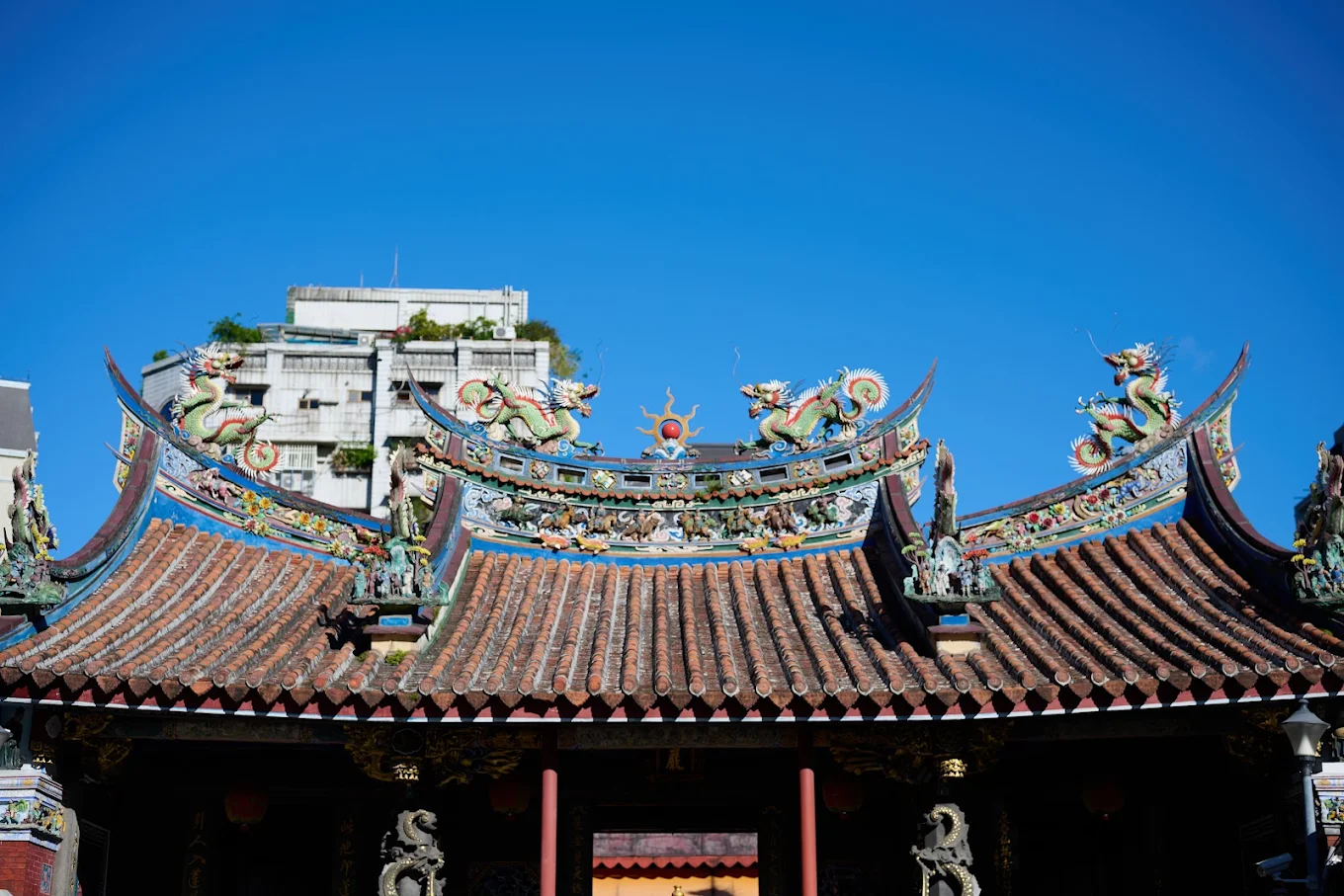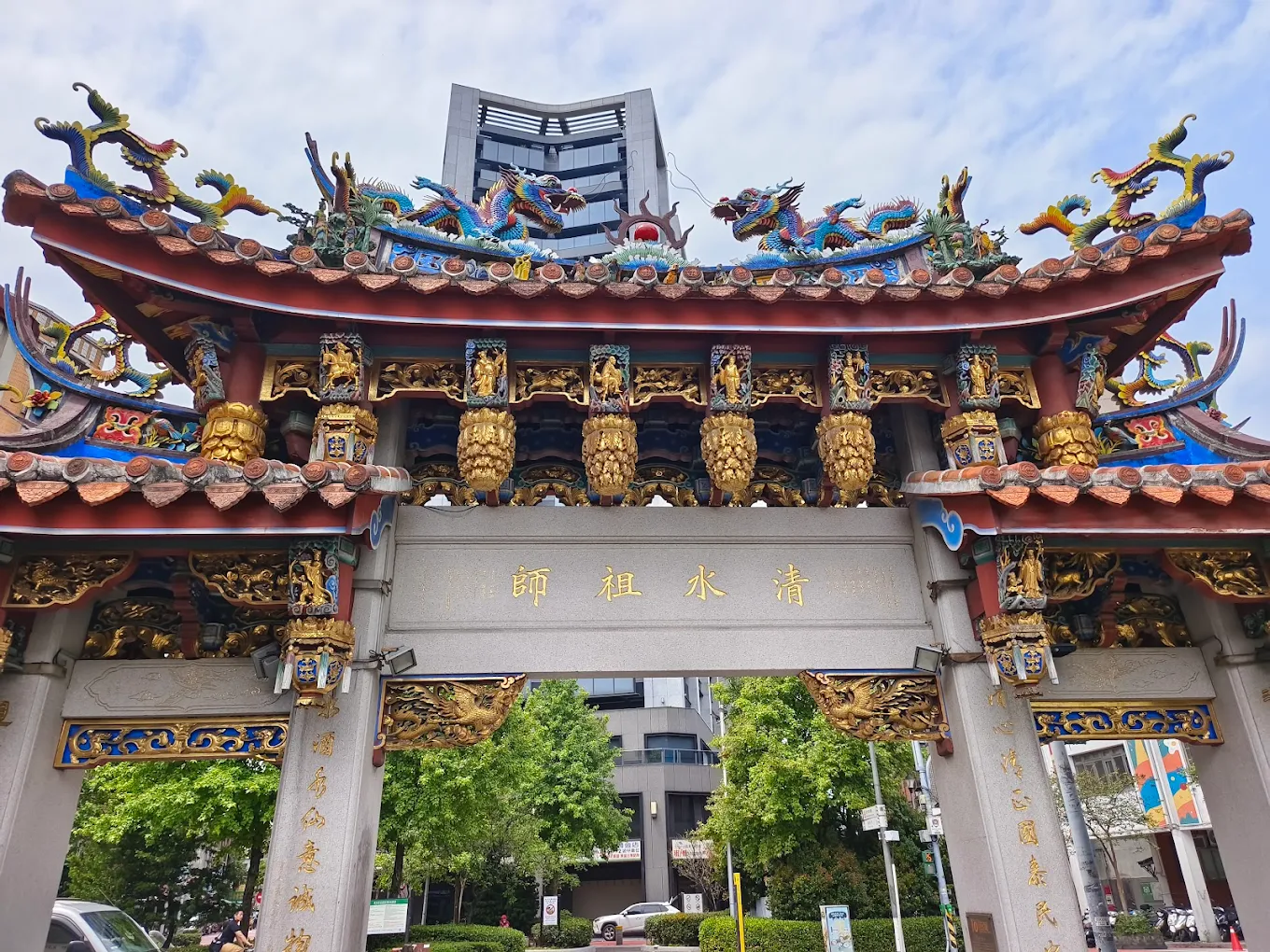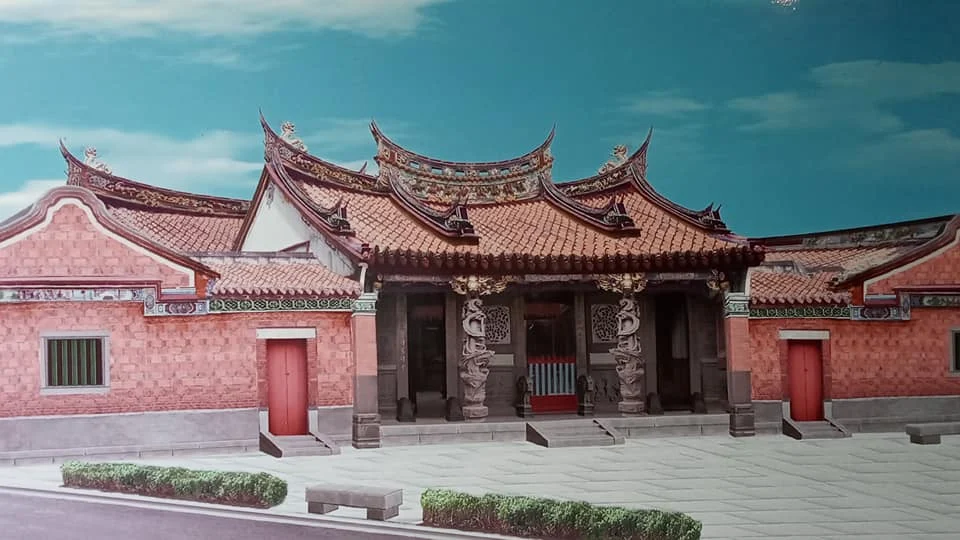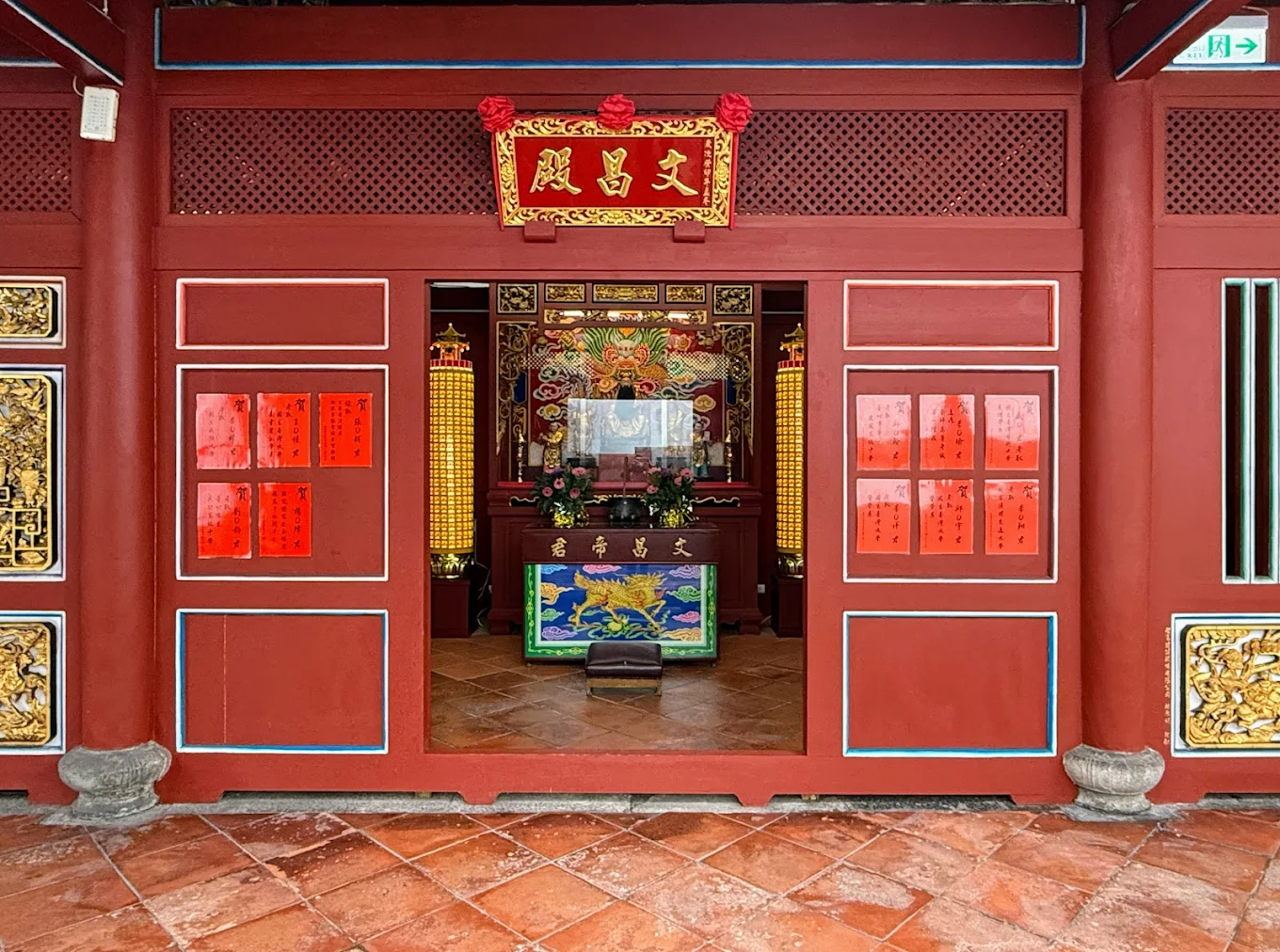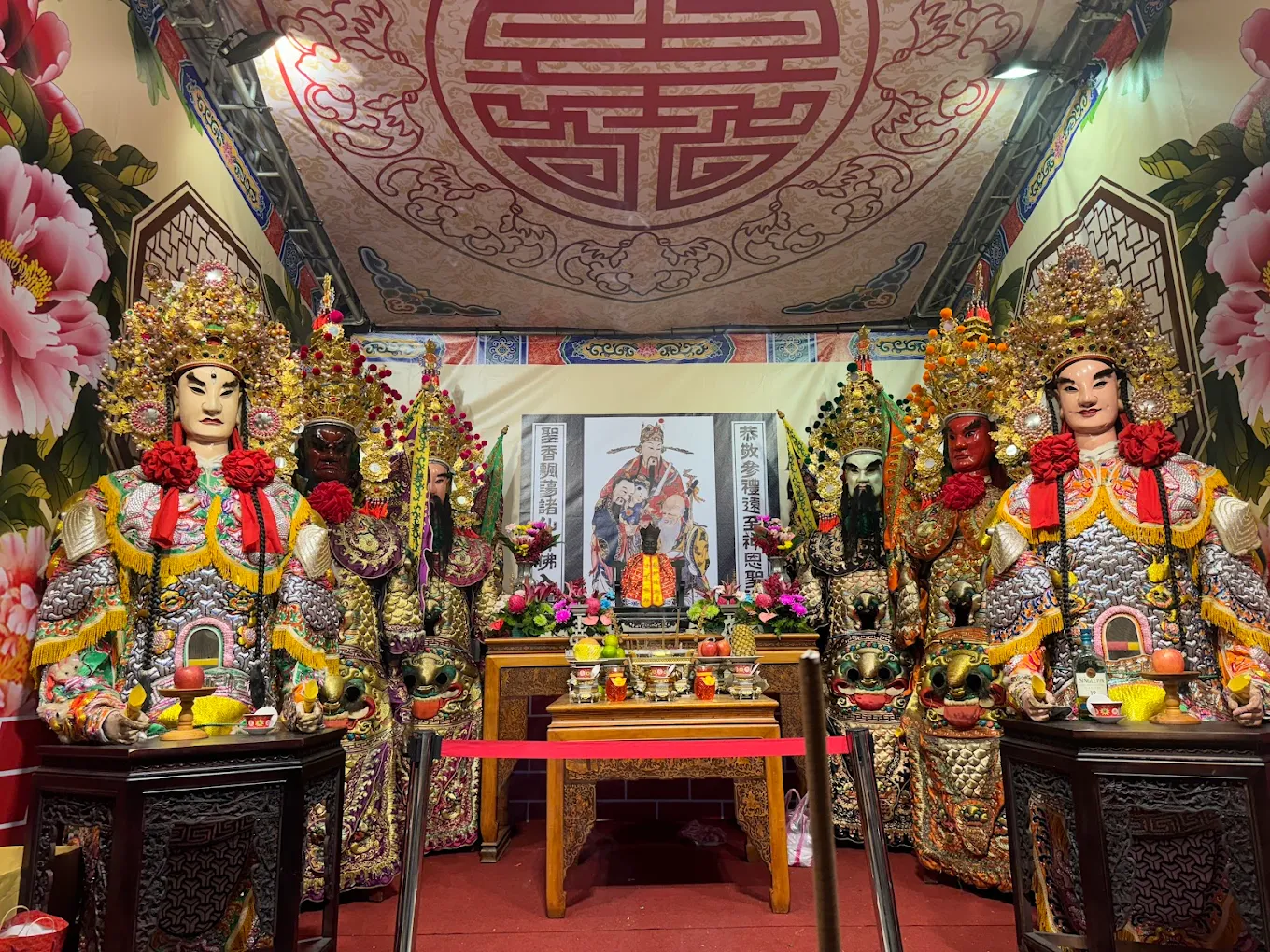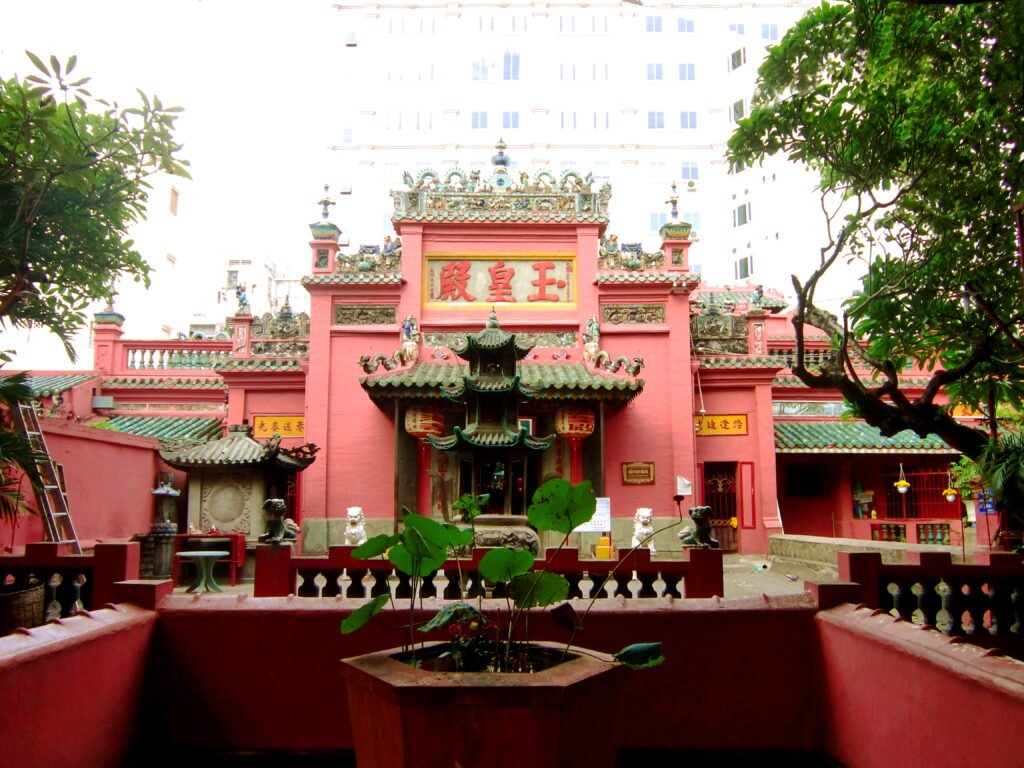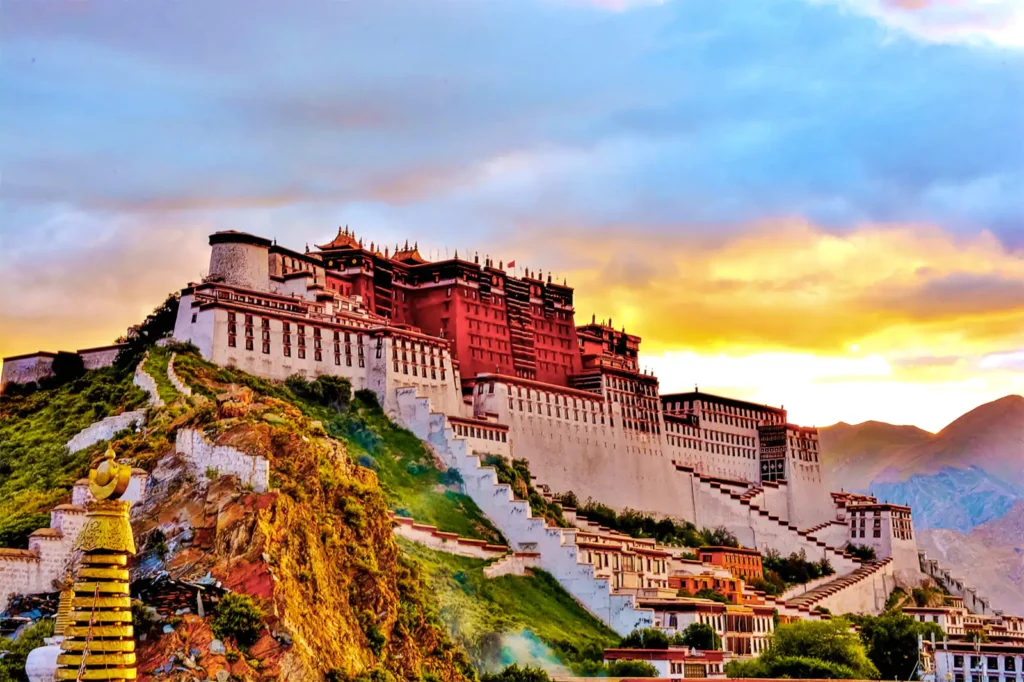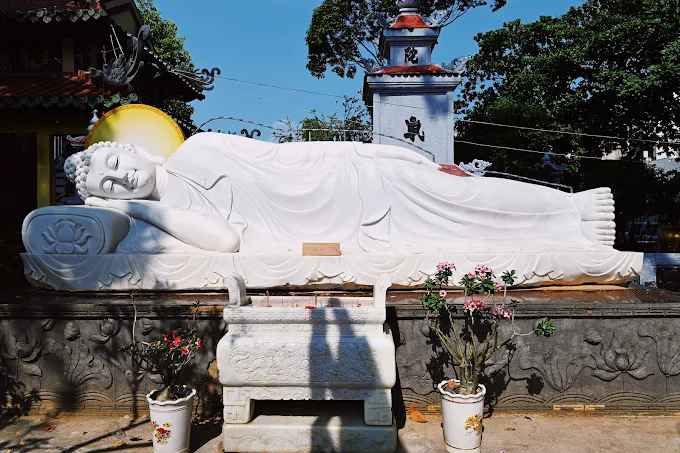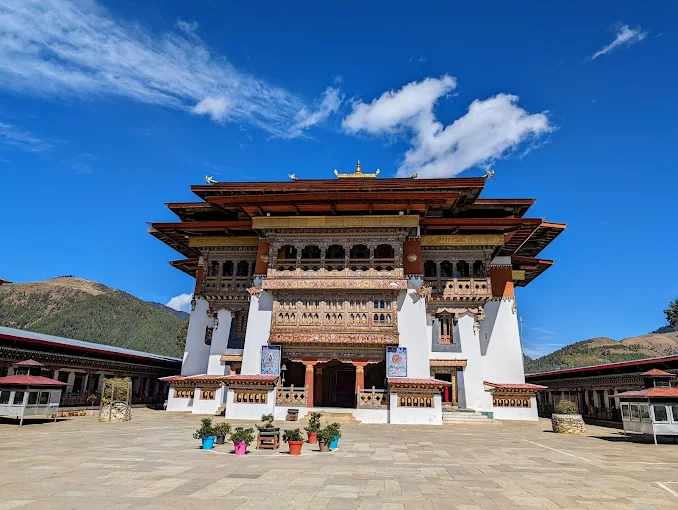Bangka Qingshui Temple: The Fujianese Beacon of Wanhua’s Devotional Heart
Incense weaves a musky veil around golden dragon columns, their gilt catching dawn’s light in Wanhua’s quiet alleys. Built in 1787 by Anxi settlers, Bangka Qingshui Temple honors Qingshui Zushi [Qīngshuǐ Zūshī], a Northern Song Chan Buddhist monk deified for miracles that saved Fujian’s crops and guided sailors through tempests. Born Chen Zhaoying in Anxi, his compassion—halting plagues in the 11th century and calming seas—made him a protector, his effigy carried across the Taiwan Strait by Hokkien immigrants fleeing Qing turmoil. The temple’s camphor wood statue, serene under crimson robes, anchors a mid-Qing courtyard, its hush a contrast to Longshan’s clamor. A Taipei historical site since 1985, this shrine invites travelers to hear divination blocks’ rhythmic clacks and feel Wanhua’s Fujianese pulse, a timeless journey into Taipei’s soul.
Overview and Significance
Introduction to Bangka Qingshui Temple
Wanhua’s shrine, established in 1787, embodies Taiwanese Folk Religion, a syncretic faith blending Buddhist compassion, Taoist harmony, and ancestral reverence. Its golden dragon columns gleam, offering serenity unlike Longshan’s bustle. Taiwanese Folk Religion fosters unity, guiding Wanhua through shared rituals and charity, rooted in Anxi’s legacy. This sanctuary draws cultural travelers to its Qing-era artistry, a cornerstone of Taipei’s heritage. Visiting Bangka Qingshui Temple unveils Wanhua’s devotional heart.
Historical Journey
In 1787, Anxi settlers, led by Lin Wei as oral histories recount, built this temple to anchor their frontier community, carrying Qingshui Zushi’s effigy across stormy seas. The 1853 Ding-Xia feud, a clash over Tamsui River trade routes, razed the shrine, leaving devotees like merchant Zhang to rebuild by 1867, shaping beams amid Wanhua’s ashes. During Japanese rule (1895–1945), it served as a school, laying roots for Cheng Gong High School, a pivotal educational legacy. Renovations in 1958, funded by local merchants, preserved its Qing splendor, earning historical status in 1985. Bangka Qingshui Temple history reveals Hokkien resilience through centuries of upheaval.
Cultural Significance
The Zhongyuan Festival (Hungry Ghost Festival) transforms Wanhua, with lanterns swaying under moonlight as families honor ancestors. Madam Chen, a Wanhua elder, recalls crafting paper offerings in the 1960s, her hands trembling with pride, a ritual uniting generations. The temple’s charity, like food drives for Wanhua’s needy, reflects Qingshui Zushi’s compassion, while Hokkien folklore workshops draw Fujianese diaspora from Malaysia, reinforcing global ties. Bangka Qingshui Temple history shapes Wanhua’s identity as a cultural hub.
Unique Legacy
Unlike Sanxia’s stone carvings, the temple’s golden dragon columns symbolize maritime protection, their swirling clouds echoing Fujianese seafaring faith. Its syncretic worship, blending Buddhist and Taoist rites, mirrors Taiwan’s pluralistic spirituality, centered on Qingshui Zushi. Visiting Bangka Qingshui Temple golden dragon columns unveils this unique legacy.
Community and Global Impact
Lunar new year festivals unite Wanhua residents, their laughter filling the courtyard. Pilgrims from Singapore join Zhongyuan rites, connecting Hokkien communities. Calligraphy classes preserve Taiwanese heritage, fostering cultural pride across generations.
Historical Anecdotes
In the 1880s French invasion, Qingshui Zushi’s statue reportedly drooped its nose, signaling peace, sparing Taipei—a miracle etched in Wanhua’s oral histories, verified by elder accounts. Such tales cement the shrine’s protective aura.
Social Role
The temple strengthens Wanhua’s social fabric through charity and festivals. Annual gatherings, like lantern-making workshops, draw families, their voices mingling with incense’s haze, sustaining community bonds.
Artistic Influence
Qing frescoes, depicting mythical beasts, inspire Taipei’s ceramic artisans, their designs distinct from Longshan’s bronze reliefs, shaping local temple art traditions. Bangka Qingshui Temple history influences Wanhua’s artistic legacy.
- Wanhua’s Bangka Qingshui Temple thrives with devotion.
- Bangka Qingshui Temple history reveals Hokkien resilience.
- Explore Bangka Qingshui Temple golden dragon columns for artistry.
From tales of Fujianese settlers’ 1787 hopes, travelers step into the temple’s golden courtyard, where history weaves sacred artistry.
Architectural and Spiritual Features
Iconic Design
The siheyuan courtyard, a Qing-era marvel, glows with red-tiled roofs under Taipei’s sun, its crimson dragon frescoes peeling under time’s gentle touch. Golden columns, distinct from Longshan’s bronze pillars, frame the space, their maritime motifs reflecting Fujianese aesthetics. Visiting Bangka Qingshui Temple unveils this architectural splendor.
Worshipped Statues/Deities
Qingshui Zushi’s camphor wood statue, robed in crimson, radiates calm, its musky scent mingling with incense. Born Chen Zhaoying in Anxi, his 11th-century miracles—halting drought and guiding sailors—deified him as Wanhua’s protector, his serene gaze guiding devotees through divination. Flanked by guardian deities, this statue anchors the temple’s faith. Bangka Qingshui Temple architecture centers on this sacred icon.
Signature Elements
Golden dragon columns, etched with swirling clouds, symbolize maritime protection, their gilt a hallmark of Wanhua’s shrine, tied to Hokkien seafaring lore. Unlike Sanxia’s stonework, these columns gleam with Fujianese pride.
Materials and Techniques
Anxi artisan Master Huang, documented in temple records, crafted the woodwork, his Qing techniques preserved in 1958 restorations. Floral roof beams, etched with precision, showcase Hokkien artistry, a testament to Wanhua’s heritage.
Lesser-Known Features
Lotus murals in side halls, their faded hues symbolizing Buddhist purity, offer meditative calm, their delicate lines a quiet contrast to the courtyard’s vibrancy.
Preservation Efforts
Wanhua merchants funded 1958 renovations, restoring frescoes with communal labor, ensuring the Qing legacy endures, a collective act of devotion to Bangka Qingshui Temple.
Environmental Integration
Feng shui aligns the courtyard with Wanhua’s pulse, its banyan tree’s shade fostering meditation amid Taipei’s bustle, a natural sanctuary for reflection.
- Visit Wanhua’s Bangka Qingshui Temple for its Qing courtyard.
- Admire Bangka Qingshui Temple architecture in Taipei.
- See Bangka Qingshui Temple golden dragon columns for artistry.
From the courtyard’s golden glow, travelers join the shrine’s chant-filled rituals, where Wanhua’s devotion pulses.
Rituals and Practices
Daily Sacred Rites
Devotees offer incense, its musky veil rising, and cast divination blocks, their sharp clacks echoing in the main hall, seeking Qingshui Zushi’s guidance on marriage or trade. This daily rhythm anchors Wanhua’s faith.
Festival Traditions
The Zhongyuan Festival lights Wanhua with lanterns swaying in the night breeze, honoring ancestors. Mr. Tsai, a devotee, recalls his father’s 1970s offerings, tying him to Anxi’s roots, a ritual uniting the community. Bangka Qingshui Temple rituals shine during this festival.
Visitor Engagement
Travelers can join incense offerings, guided by volunteers, their hands tracing Fujianese devotion in prayer, immersing in Wanhua’s spiritual life. Visiting Bangka Qingshui Temple offers this ritual immersion.
Spiritual Community Roles
Lay practitioners (jūshì) lead Buddhist-Taoist chants, their voices weaving harmony, while monks maintain altars, roles rooted in Taiwanese Folk Religion’s communal spirit.
Interfaith Connections
Qingshui Zushi’s worship blends Buddhist meditation and Taoist offerings, reflecting Taiwan’s pluralistic faith, a syncretism unique to Bangka Qingshui Temple rituals.
- Experience Wanhua’s Bangka Qingshui Temple rituals firsthand.
- Join Bangka Qingshui Temple rituals during Zhongyuan Festival.
- Visiting Bangka Qingshui Temple offers cultural immersion.
From chant-filled halls, travelers explore practical tips to engage with Wanhua’s sacred legacy.
Visitor Information
Navigating to Bangka Qingshui Temple
Wanhua’s neon-lit alleys lead to the shrine’s red gates, a five-minute walk from Longshan Temple, with night market aromas drifting nearby, a vibrant landmark in Taipei’s heart.
Address of Bangka Qingshui Temple
81 Kangding Road, Wanhua District, Taipei City, Taiwan.
Visiting Hours and Etiquette
Open 6 AM–9 PM, visitors should wear modest clothing and remove shoes in the main hall, respecting Taiwanese Folk Religion customs, as temple signage advises.
Transport Options
Take the MRT to Longshan Temple Station, a short walk, or buses along Kangding Road, their routes weaving through Wanhua’s bustling streets, offering scenic access to the temple.
Cultural Immersion Opportunities
Join Zhongyuan Festival lantern-making workshops, crafting paper lanterns with locals like Ms. Lin, whose family has shaped offerings for decades, a hands-on link to Fujianese heritage. Visiting Bangka Qingshui Temple offers this cultural immersion.
Photography Tips
Capture golden columns at dusk, low angles highlighting their gleam, while respecting worshippers’ privacy, avoiding flashes in the main hall.
- Visit Wanhua’s Bangka Qingshui Temple via Taipei MRT.
- Explore Bangka Qingshui Temple for festival workshops.
- Navigate to Bangka Qingshui Temple in Taipei.
From lighting incense in Wanhua’s vibrant alleys, travelers explore the shrine’s philosophical depth, where faith shapes community.
Cultural and Spiritual Insights
Religious Philosophy
Taiwanese Folk Religion at this sanctuary blends Buddhist compassion with Taoist harmony, fostering unity through ancestral reverence. This syncretism, rooted in Fujianese ethics, guides Wanhua’s community toward resilience, with Qingshui Zushi’s miracles inspiring daily compassion. Divination rites reflect this balance, grounding devotees in shared values of care and continuity, shaping Taipei’s cultural identity. Visiting Bangka Qingshui Temple unveils this philosophy.
Cultural Narratives
Legends of Qingshui Zushi halting Anxi’s 11th-century drought inspire Wanhua’s devotion. Elder Mr. Wu’s oral histories recount sailors saved by his guidance, their ships spared by his divine light, cementing his protective lore in Taipei’s memory.
Modern Cultural Connections
Zhongyuan Festival posts on Instagram, tagged #BangkaQingshui, draw younger devotees, their photos of lanterns linking Wanhua’s heritage to Taipei’s digital culture, a modern bridge to Fujianese faith. Bangka Qingshui Temple connects to this vibrant scene.
- Discover Wanhua’s Bangka Qingshui Temple philosophy.
- Explore Bangka Qingshui Temple narratives.
- Visiting Bangka Qingshui Temple connects to modern culture.
From Wanhua’s philosophical depths, travelers heed the call to explore the temple’s vibrant legacy.
Why You Have to Visit
Golden dragon columns gleam under incense haze in Wanhua’s tranquil courtyard, a Fujianese beacon of devotion. Qingshui Zushi’s protective legacy, woven through Zhongyuan lanterns and Qing frescoes, invites travelers to join Wanhua’s rituals. Visiting Bangka Qingshui Temple unveils Taipei’s soul, where Anxi’s maritime faith endures in timeless grace, a journey into the heart of Fujianese heritage.
- Wanhua’s Bangka Qingshui Temple is a must-see.
- Experience Bangka Qingshui Temple golden dragon columns.
- Visiting Bangka Qingshui Temple reveals Taipei’s heritage.



